
在芯片制造过程中的工艺偏差由global variation 和local variation 两部分组成。
在集成电路设计实现中,global variation 用PVT 跟 RC-corner 来模拟;local variation 用 OCV/ AOCV/ SOCV 来模拟。
在40nm 之前OCV 被广泛采用,但是OCV 对同一条path 上的所有cell 都设同一个derate 值,如果设的太严则过于悲观,如果设得太松又会导致过多的path 过于乐观,进入28nm 之后尤其是16nm 之后,OCV 模型越来越"力不从心",于是有了AOCV 模型。
做精确的SOCV 分析,需要特别的库支持,在库里要有针对每一个cell 每一条timing arc 的cell delay, output transition, timing check 的sigma table, table 的两个index 分别是输入transition 和输出load.
这个特别的库,就是本文的主题,即:LVF ( Liberty Validation Format ),
OpenSource Liberty Version 2013.12 开始支持LVF; 从2017 年开始,LTAB ( Liberty Advisory Board ) 批准了对LVF 的扩展,以提供先进的moment-based 模型。
传统LVF 中有对cell delay, output transiton, timing check 的ocv_sigma_* table, 这些值表示与相关NLDM表中包含的标称值的偏差,该值用1-sigma 表示。在表中用关键词 "sigma_type" 来表示是用于early path 还是late path 的分析,但timing check variation 的table 是不分early 跟late 的。
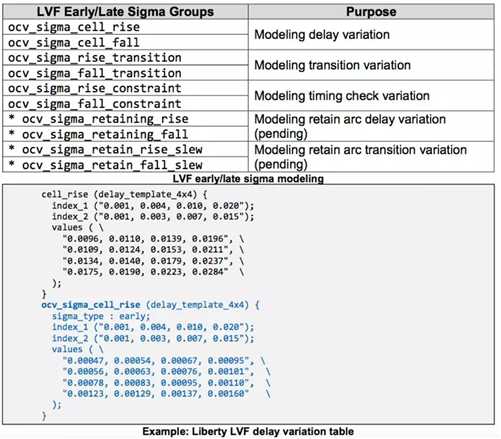
16nm 及以下的先进工艺结点和超低电压会产生强非高斯分布 (Strongly non-Gaussian ), 表现出均值偏移 ( mean-shift ) 和偏斜效应 ( skewness effects ). 于是从2017 年起新引入了3个moment-based 模型,用于对已有 ocv_sigma_* 模型的矫正。
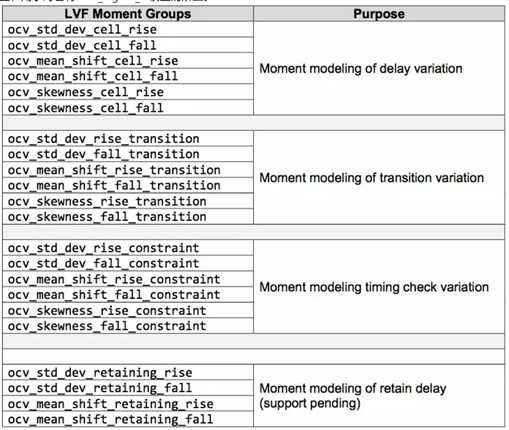
这三个moment-based 分别是:mean-shift, Standard Deviation, Skewness.
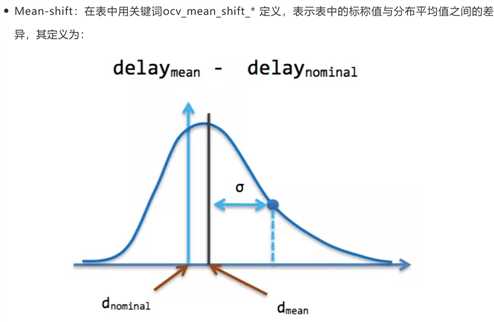
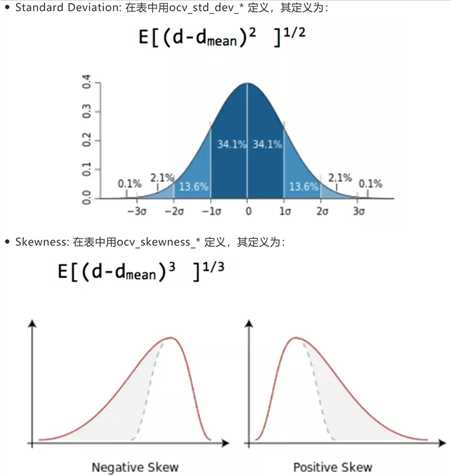
在没有LVF 时,可以用AOCV table 抽取一个SOCV sigma 值用于简单非精确分析,除此之外对于SOCV 如果使用Cadence 工具也可以使用SOCV library format, 其格式如下:
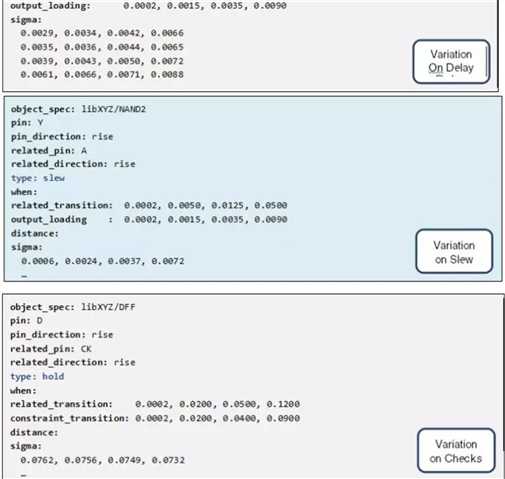
原文:https://www.cnblogs.com/lelin/p/11397497.html